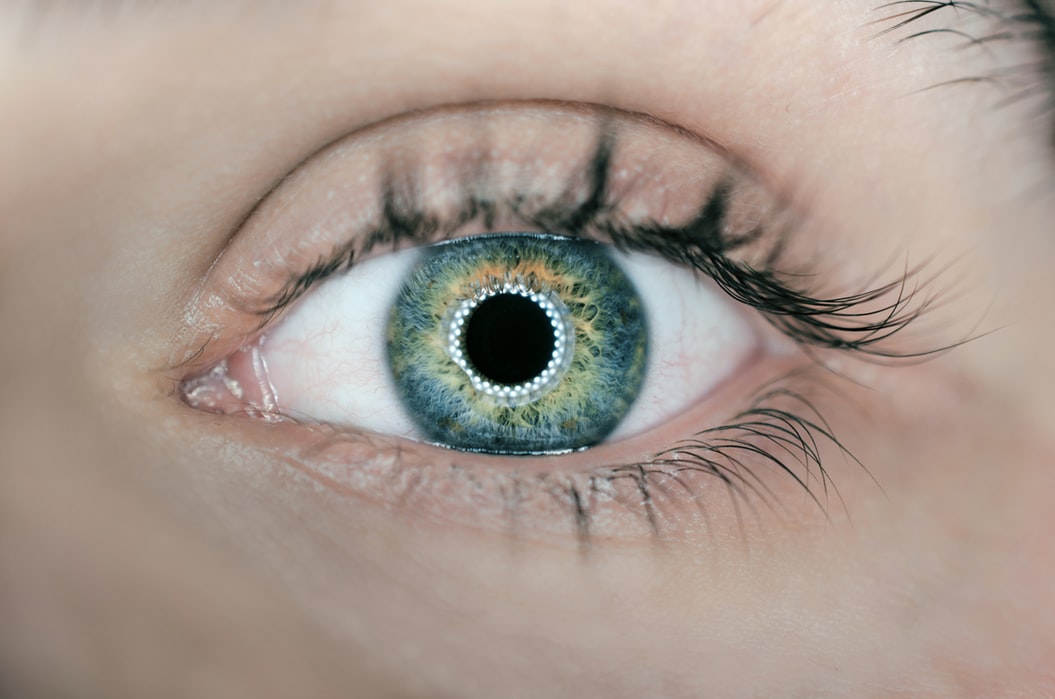Vision Community Recognizes Dry Eye Awareness Month 2021

Each July, the vision community joins to recognize Dry Eye Awareness Month. Dry eye disease (DED), along with ocular pain and ocular inflammation, are among conditions experienced in Ocular Surface Disease (OSD), which affects structures on the front of the eye, including the clear cornea through which we see. As clinicians and researchers more fully understand the breadth of OSD, they have increasingly recognized the role that lifestyle and the environment play in its development, especially dry eye.
DED, which has been identified as a global problem affecting more than 30 million people in the United States alone, occurs when the eye does not produce tears properly or when the tears are not of the correct consistency and evaporate too quickly. For some people, it feels like a speck of sand in the eye, or a stinging or burning that does not go away. For others, dry eye can become a painful chronic and progressive condition that leads to blurred vision or even vision loss if it goes untreated. Moderate-to-severe dry eye is associated with significant quality-of-life consequences, such as pain, role limitations, low vitality, poor general health, and depression. Although DED has no cure, its signs and symptoms can be managed—but often dependent on an individual’s lifestyle choices and changes.
Although researchers have long known about age and sex as factors in DED, they are now discovering ethnic and racial differences and that dry eye increasingly impacts younger patients. It can have many causes including: side-effects from medications or eye surgery (called Iatrogenic Dry Eye); lid disorders; immune system diseases, such as Sjögrens Syndrome, lupus, or rheumatoid arthritis; contact lens wear; cosmetic use; and environmental exposure. Especially during the COVID-19 pandemic, billions of individuals globally have been reliant on digital communications to learn, work, and stay in touch. Prolonged device exposure time can have many consequences, including Digital Eye Strain which can result in blurred vision, as well as both potential short- and long-term effects such as DED. In that regard, DED has become an “equal opportunity disease.”
The vision community’s knowledge of diseases of the ocular surface has evolved dramatically in the past few years. The National Eye Institute (NEI) within the National Institutes of Health (NIH) is supporting numerous studies on the causes of and quality-of-life implications from OSD, as is private industry. The NEI has launched its Anterior Segment Initiative (ASI) to address the clinically significant OSD problems of DED, ocular pain, and ocular inflammation in terms of pain and discomfort sensations, as well as disruptions in the tearing process. The ASI plans to study relevant front-of-the-eye neural pathways that contribute to normal or abnormal functioning of the circuits related to the ocular surface to better understand and mitigate disease.
In July 2021, the Alliance for Eye and Vision Research (AEVR) is joining the Tear Film & Ocular Surface Society (TFOS) in hosting the sixth annual Dry Eye Awareness Month Congressional Briefing. Held virtually on July 13, the Briefing focuses on TFOS’ next Global Workshop entitled “A Lifestyle Epidemic: Ocular Surface Disease,” in which Workshop leaders will discuss the lifestyle and environmental factors that result in Dry Eye. This latest TFOS initiative follows its Dry Eye Workshop II (TFOS DEWS II™) Report, released in July 2017 and published in The Ocular Surface journal, that revised its initial 2007 Report by updating the definition, classification, and diagnosis of DED; critically evaluating the epidemiology, pathophysiology, mechanism, and impact of the disease; addressing its management and therapy; and developing recommendations for design of clinical trials to assess new therapies.




